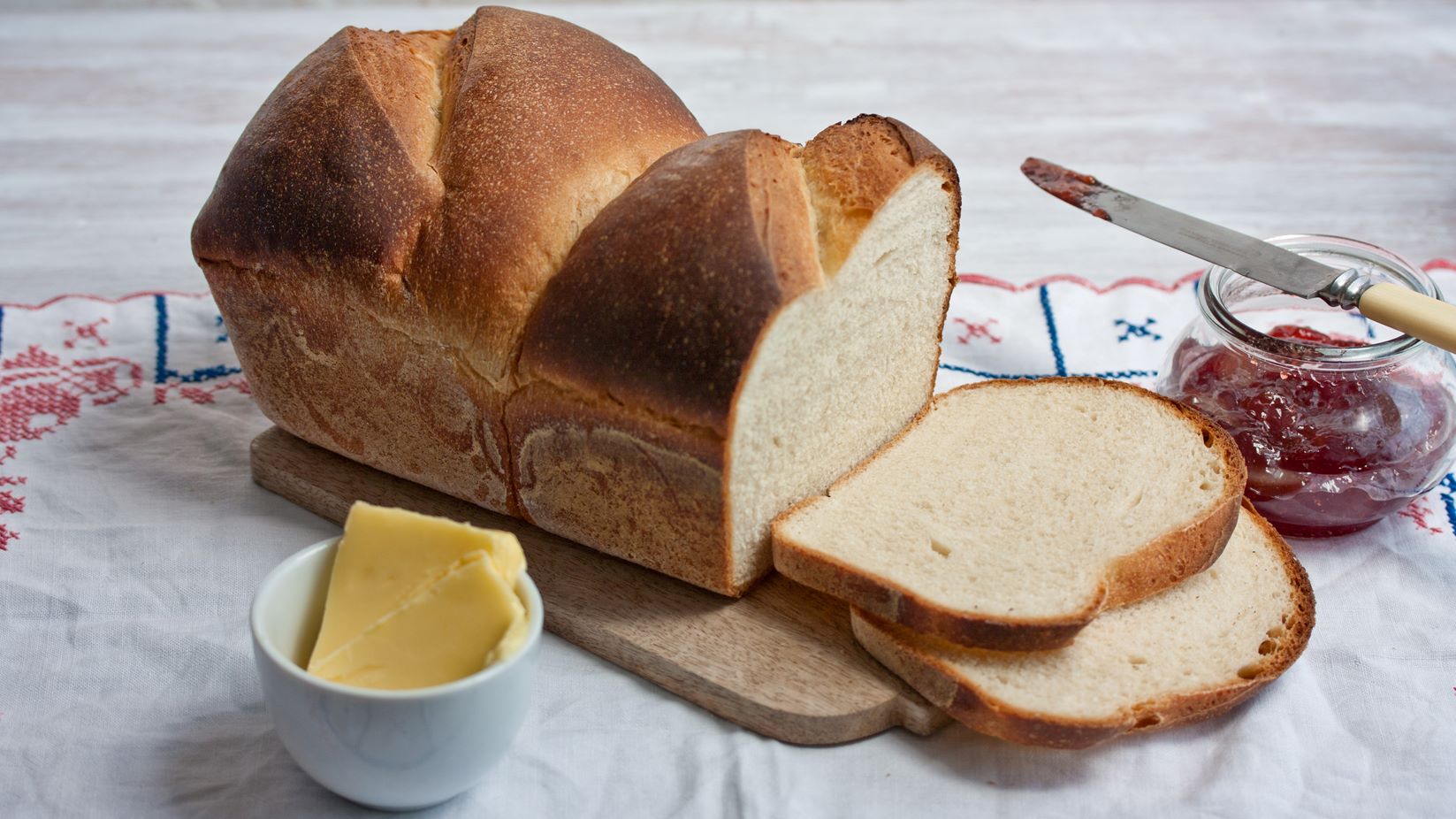

Articles
How To Store Fresh Bread Loaf
Modified: January 5, 2024
Learn how to store your fresh bread loaf properly to keep it fresh and delicious for longer. Read our articles for helpful tips and tricks.
(Many of the links in this article redirect to a specific reviewed product. Your purchase of these products through affiliate links helps to generate commission for Storables.com, at no extra cost. Learn more)
Introduction
Nothing beats the aroma and taste of a freshly baked loaf of bread. Whether it’s a crusty baguette, a soft white bread, or a hearty whole wheat loaf, the joy of biting into a warm slice is undeniable. However, the challenge arises when it comes to preserving that freshness for as long as possible. Properly storing your bread is essential to maintain its texture, flavor, and overall quality.
In this article, we will guide you through the ins and outs of storing fresh bread loaves to ensure that each slice remains just as delicious as the day it was baked. We’ll discuss the importance of proper storage, different storage methods, and provide helpful tips to prolong the shelf life of your bread.
So, if you’re ready to learn the art of bread storage, let’s jump right in!
Key Takeaways:
- Properly storing fresh bread is crucial for maintaining its flavor, texture, and quality. Whether at room temperature, in a bread box, or frozen, each method has its benefits and considerations.
- By following effective bread storage tips and choosing the right method, you can extend the shelf life of your loaves, minimize food waste, and enjoy fresh, delicious bread for an extended period.
Read more: How To Store A Fresh Loaf Of Bread
Why Proper Storage Matters
Properly storing your fresh bread is crucial for several reasons. First and foremost, it helps to maintain its freshness and flavor. Bread is prone to drying out quickly, especially when exposed to air or fluctuations in temperature. By storing it correctly, you can prolong its shelf life and enjoy it for longer.
Secondly, proper storage helps prevent the growth of mold and bacteria. Bread is a moist and nutrient-rich environment that provides an ideal breeding ground for these microorganisms. Moldy bread not only tastes unpleasant but can also pose health risks if consumed.
Furthermore, storing your bread properly can save you money. Nothing is more frustrating than throwing away a loaf of bread that has gone stale or moldy. By employing the right storage methods, you can reduce food waste and stretch your grocery budget.
Lastly, proper storage allows you to stock up on bread and have it readily available whenever you need it. By knowing how to preserve your loaves, you can buy in bulk or bake a large batch without worrying about them spoiling quickly.
By understanding the importance of proper bread storage, you can make the most out of every loaf and enjoy fresh, delicious slices every time.
Choosing the Right Storage Method
When it comes to storing fresh bread, there are several methods to choose from. The ideal storage method may vary depending on the type of bread and personal preference. Here are five common methods to consider:
- Storing at Room Temperature: Keeping bread at room temperature is suitable for bread that will be consumed within a day or two. Ensure that the bread is stored in a cool, dry place, away from direct sunlight and heat sources. A bread box or a bread drawer in the kitchen can provide a convenient storage option.
- Freezing Bread: Freezing is an excellent option for long-term storage. Slice the bread if desired, wrap it tightly in plastic wrap or aluminum foil, and place it in a freezer bag. Frozen bread can be easily thawed in a toaster, oven, or left at room temperature. However, note that freezing can slightly alter the texture of the bread.
- Using Bread Boxes: Bread boxes are designed to regulate air circulation, keeping bread fresh for longer. They provide a convenient and stylish storage option for countertops or kitchen cabinets. Look for bread boxes with ventilation holes to prevent moisture buildup.
- Wrapping in Paper or Cloth: Wrapping bread in paper or cloth can help maintain its moisture balance while allowing some air circulation. Use parchment paper or a clean kitchen towel to wrap the loaf tightly. This method works well for crusty bread like baguettes or artisan loaves.
- Using Plastic Bags: Plastic bags are a popular choice for storing bread, especially sliced bread. They create a barrier that prevents moisture loss and helps retain freshness. Opt for food-grade plastic bags or resealable plastic containers for optimal results.
Consider the type of bread you have and your storage needs to select the most suitable method. Flexibility and experimentation may be necessary to find the perfect storage solution for your favorite loaves.
Storing at Room Temperature
Storing bread at room temperature is a common method used when the bread will be consumed within a day or two. It is a convenient option that doesn’t require any additional equipment. However, it’s crucial to follow a few guidelines to ensure the bread stays fresh and delicious:
- Choose a cool spot: Find a cool area in your kitchen away from direct sunlight and heat sources. Bread is sensitive to temperature, and excessive heat can accelerate the staling process.
- Keep it dry: Moisture is the enemy of fresh bread. Make sure the storage area is dry to prevent mold growth or sogginess.
- Use a bread box or drawer: A bread box or drawer can provide an excellent storage option. These containers are designed to regulate airflow, helping to maintain the bread’s texture and flavor. Look for a bread box with ventilation holes to allow proper air circulation.
- Avoid plastic bags: While plastic bags might seem like a convenient option, they can trap moisture and lead to the development of mold. It’s best to avoid plastic bags for extended storage at room temperature.
- Consider the bread type: Different types of bread have varying shelf lives. Softer bread like white sandwich bread may not stay fresh as long as crusty artisan loaves. Take this into account when deciding how long to store bread at room temperature.
Remember to check the bread regularly for signs of spoilage, such as mold growth or an off smell. If the bread starts to stale before you can finish it, consider moving it to a different storage method or freezing it to extend its shelf life.
Storing bread at room temperature can be a convenient option for short-term storage, allowing you to enjoy fresh slices for a day or two without any extra effort.
Freezing Bread
Freezing bread is an excellent option for long-term storage, allowing you to enjoy fresh bread even weeks or months after it was made. Here are steps to properly freeze bread:
- Slice the bread (optional): If you prefer to freeze individual slices for easy access, slice the bread before freezing. This way, you can remove only the slices you need without thawing the entire loaf.
- Wrap the bread: Wrap the bread tightly in plastic wrap or aluminum foil. Make sure there are no exposed areas that can cause freezer burn or moisture loss.
- Double-bag (optional): For added protection, you can place the wrapped bread in a freezer bag to provide an extra layer of insulation.
- Label and date: It’s essential to label the bread with the date of freezing. This will help you keep track of its freshness and ensure you use the oldest bread first.
- Freeze: Place the wrapped bread or bag of slices in the freezer, ideally in an area with a steady temperature.
When you’re ready to enjoy the frozen bread, there are a few thawing options available:
- Toaster or oven: You can toast frozen bread slices or heat them in the oven to revive their freshness. This method works well for most types of bread.
- Room temperature: If you have a bit more time, you can allow the bread to thaw at room temperature. Remove the wrapped bread from the freezer and let it sit for a few hours until fully thawed.
While freezing bread is an effective method for preserving its freshness, keep in mind that freezing may slightly alter the texture of the bread. Some loaves might become slightly denser after thawing. However, the taste and quality should remain intact.
By freezing bread, you can stock up on your favorite loaves or save leftovers for future use, reducing food waste and ensuring you always have a fresh supply of bread whenever you need it.
Store fresh bread loaf in a paper bag or bread box at room temperature for up to 2-3 days. For longer storage, wrap the loaf in plastic wrap and freeze for up to 3 months.
Read more: How To Store Sourdough Loaf
Using Bread Boxes
Bread boxes are a classic and practical storage option for keeping your bread fresh. These containers are specially designed to regulate airflow, preventing moisture loss and staling. Here’s how to make the most out of your bread box:
- Select a suitable bread box: Look for a bread box that is large enough to accommodate the size of your bread loaf or rolls. It should have enough ventilation holes to allow proper air circulation.
- Place the bread inside: Once you have a bread box, simply place the whole loaf or rolls inside. Make sure the bread is not squished or overcrowded, as this can lead to moisture buildup.
- Keep the bread box clean: Regularly clean your bread box to ensure it remains a hygienic storage space. Crumbs and other debris can accumulate over time, affecting the quality of your bread.
- Find an appropriate storage spot: Place the bread box in a cool, dry area of your kitchen, away from direct sunlight and heat sources. This will help maintain the freshness and quality of the bread.
- Keep the lid closed: While it may be tempting to peek inside the bread box frequently, try to limit the opening of the lid. Opening and closing the lid frequently can disrupt the ideal humidity levels inside the box.
Bread boxes are particularly effective for storing crusty bread like baguettes, artisan loaves, or rolls. The enclosed environment helps to maintain the crustiness while keeping the bread inside soft and fresh.
Remember to monitor the bread box regularly and check for any signs of spoilage. If you notice mold growth or the bread becoming stale, it may be time to switch to a different storage method or consume the bread as soon as possible.
Using a bread box is a stylish and convenient way to store your bread, ensuring that each slice stays fresh and delicious for as long as possible.
Wrapping in Paper or Cloth
Wrapping bread in paper or cloth is a traditional method that helps maintain the moisture balance of the bread while allowing for some air circulation. This method is particularly suitable for crusty bread like baguettes or artisan loaves. Here’s how to wrap your bread in paper or cloth:
- Choose the right material: Use parchment paper or a clean kitchen towel to wrap the bread. Both options provide a breathable barrier that helps prevent moisture loss.
- Assess the size: Cut or fold the parchment paper or kitchen towel to a size that can fully encompass the bread or loaf.
- Wrap the bread: Place the bread in the center of the parchment paper or kitchen towel. Fold the sides and ends over the bread, ensuring it is fully covered.
- Secure the wrap: You can use twine, string, or a clip to secure the wrap in place, preventing it from unwrapping or drying out.
- Store in a cool, dry place: Find a suitable storage spot for your wrapped bread. Ensure it is in a cool, dry area away from direct sunlight and heat sources.
One of the benefits of wrapping bread in paper or cloth is that it helps retain the crustiness of the bread while preventing it from becoming too dry. However, keep in mind that this storage method may not keep the bread fresh for as long as other methods like freezing or using a bread box.
Regularly check the wrapped bread for any signs of spoilage, such as mold growth or a stale smell. If the bread starts to lose its freshness, consider consuming it sooner or switching to a different storage method.
Wrapping bread in paper or cloth is a simple and effective way to preserve the texture and flavor of crusty bread, keeping it tasty and enjoyable for as long as possible.
Using Plastic Bags
Using plastic bags is a popular and convenient method for storing bread, especially sliced bread. Plastic bags create a barrier that helps retain moisture and freshness. Here’s how to effectively use plastic bags for bread storage:
- Choose food-grade plastic bags: Ensure that the plastic bags you use for bread storage are made from food-safe materials.
- Allow the bread to cool: Before placing bread in a plastic bag, make sure it has cooled completely to avoid condensation buildup.
- Place the bread in the bag: Gently place the sliced or whole bread into the plastic bag, ensuring there is no excess air trapped inside.
- Seal the bag: Seal the plastic bag tightly to prevent air from getting in or out. Most resealable plastic bags have a built-in seal, but if you’re using regular plastic bags, you can secure them with twist ties or clips.
- Store in a cool area: Find a cool spot, ideally in your kitchen or pantry, for storing the bread-filled plastic bags. Avoid exposing them to direct sunlight or heat sources, as these can speed up the staling process.
Plastic bags help create a controlled environment for the bread, maintaining an optimal level of moisture and extending its shelf life. They are particularly useful for sliced bread, as they prevent moisture loss and keep the slices from drying out quickly.
Remember to check the bread regularly for any signs of mold or staleness. If you notice any spoilage, discard the affected bread and inspect the remaining slices for any contamination.
Using plastic bags for bread storage allows for easy access and preserves the freshness of your favorite sliced loaves, ensuring that each slice remains soft and delicious.
Tips for Effective Bread Storage
To make the most of your bread storage and keep your loaves fresh for as long as possible, consider the following tips:
- Buy or bake what you need: It’s best to purchase or bake the amount of bread you can consume within a reasonable time frame. This way, you can minimize the need for long-term storage and enjoy the bread at its freshest.
- Store bread in slices: If you know you won’t consume a whole loaf at once, consider slicing the bread before storing it. This allows you to only thaw or use as much as you need, reducing waste.
- Handle bread with clean hands: When handling bread, make sure your hands are clean to prevent the transfer of bacteria or other contaminants.
- Avoid storing bread in the refrigerator: Although refrigeration can extend the shelf life of bread, it can also cause the bread to dry out quickly. Refrigeration is not recommended unless you live in a particularly hot and humid climate.
- Separate different types of bread: If storing multiple types of bread, keep them separated to prevent flavors from mixing and to maintain their individual characteristics.
- Reseal or rewrap opened bread: If you’ve opened a loaf of bread but haven’t finished it, make sure to reseal or rewrap it tightly to prevent moisture loss and maintain freshness.
- Avoid storing bread near strong odors: Bread can easily absorb odors from its surroundings. Keep it away from strong-smelling foods or cleaning products to prevent any unwanted flavors or smells.
- Consider investing in a bread box or bread bin: If you frequently consume bread, a dedicated bread box or bread bin can be a worthwhile investment. These containers are designed to provide an ideal environment for bread storage, maximizing freshness.
- Rotate your bread: To ensure you consume the oldest bread first, always rotate your stock. Place new loaves at the back of the storage area and move older loaves to the front for easy access.
- Use frozen bread within a reasonable time: While frozen bread can be enjoyed for months, try to use it within three to six months for the best quality and taste.
By following these tips, you can optimize your bread storage methods and enjoy fresh, delicious loaves for an extended period.
Read more: How To Store A Loaf Of Sourdough
Conclusion
Properly storing fresh bread is key to preserving its flavor, texture, and overall quality. Whether you choose to store at room temperature, freeze, use a bread box, wrap in paper or cloth, or utilize plastic bags, each method has its benefits and considerations.
Storing bread at room temperature is suitable for short-term storage when the bread will be consumed within a day or two. Freezing bread is an excellent option for long-term storage, allowing you to enjoy fresh bread even weeks or months later. Bread boxes provide a stylish and effective way to regulate airflow and maintain freshness. Wrapping bread in paper or cloth is a traditional method that helps retain moisture while allowing for some air circulation. Using plastic bags, especially for sliced bread, creates a barrier that helps preserve moisture.
No matter which method you choose, it’s essential to consider factors such as temperature, moisture, and potential exposure to sunlight or heat sources. Regularly checking the bread for signs of spoilage and adjusting the storage method accordingly will help ensure its freshness.
By implementing the tips for effective bread storage, such as buying or baking what you need, handling bread with clean hands, and separating different types of bread, you can extend the shelf life of your loaves and minimize food waste.
So, whether you’re savoring a warm piece of toast in the morning or creating a mouthwatering sandwich for lunch, proper bread storage ensures that each slice is as fresh and delightful as when it first came out of the oven.
Frequently Asked Questions about How To Store Fresh Bread Loaf
Was this page helpful?
At Storables.com, we guarantee accurate and reliable information. Our content, validated by Expert Board Contributors, is crafted following stringent Editorial Policies. We're committed to providing you with well-researched, expert-backed insights for all your informational needs.
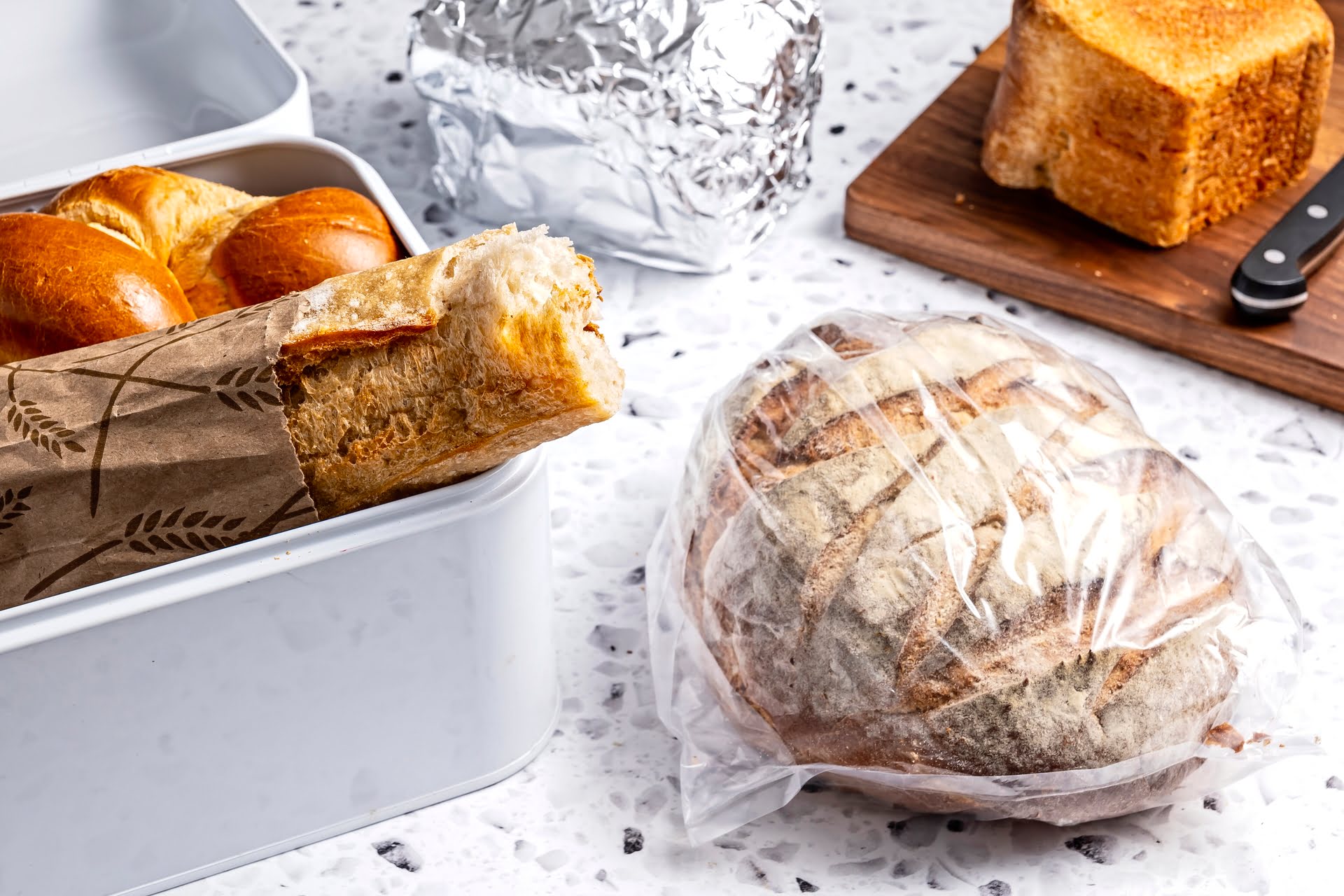
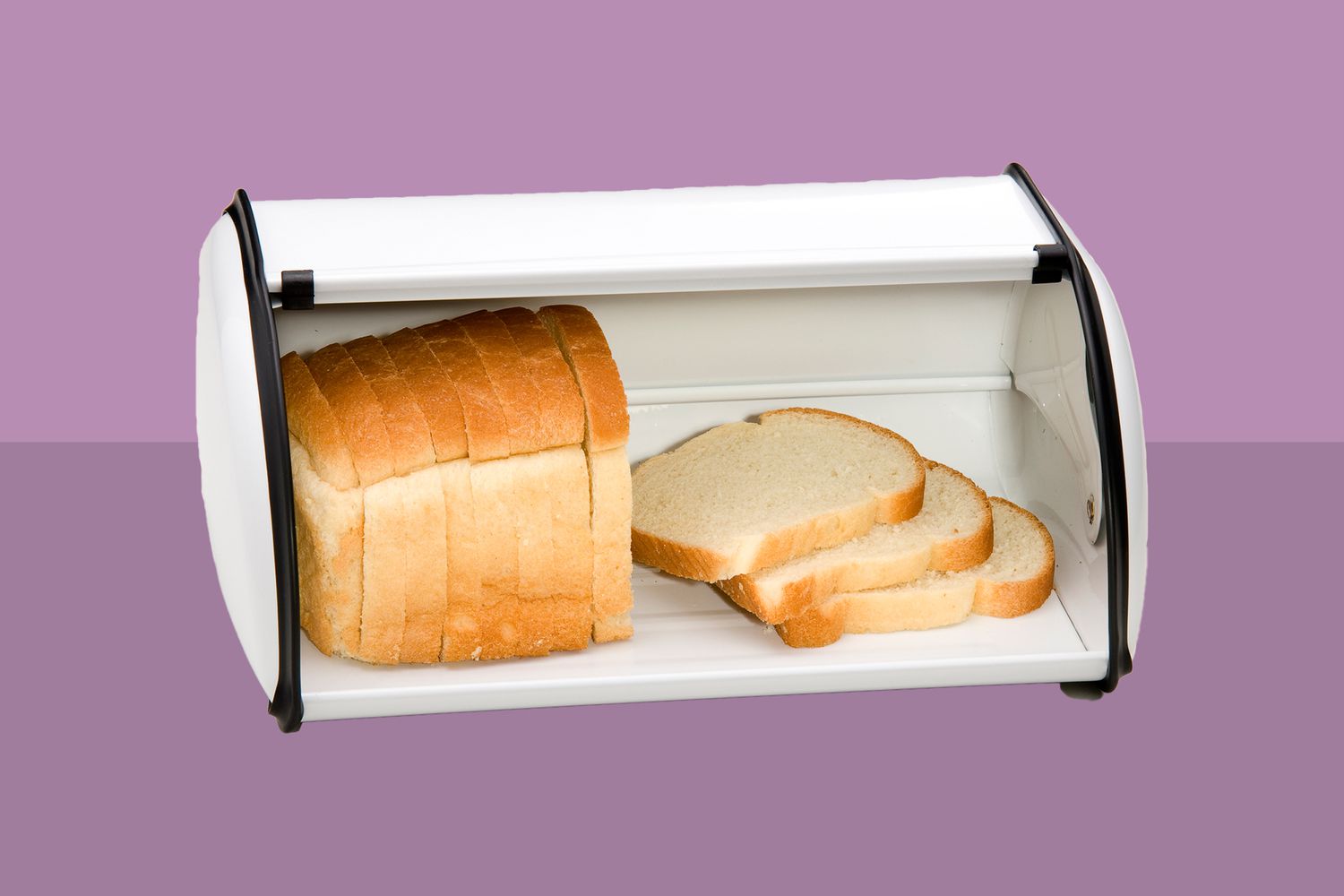
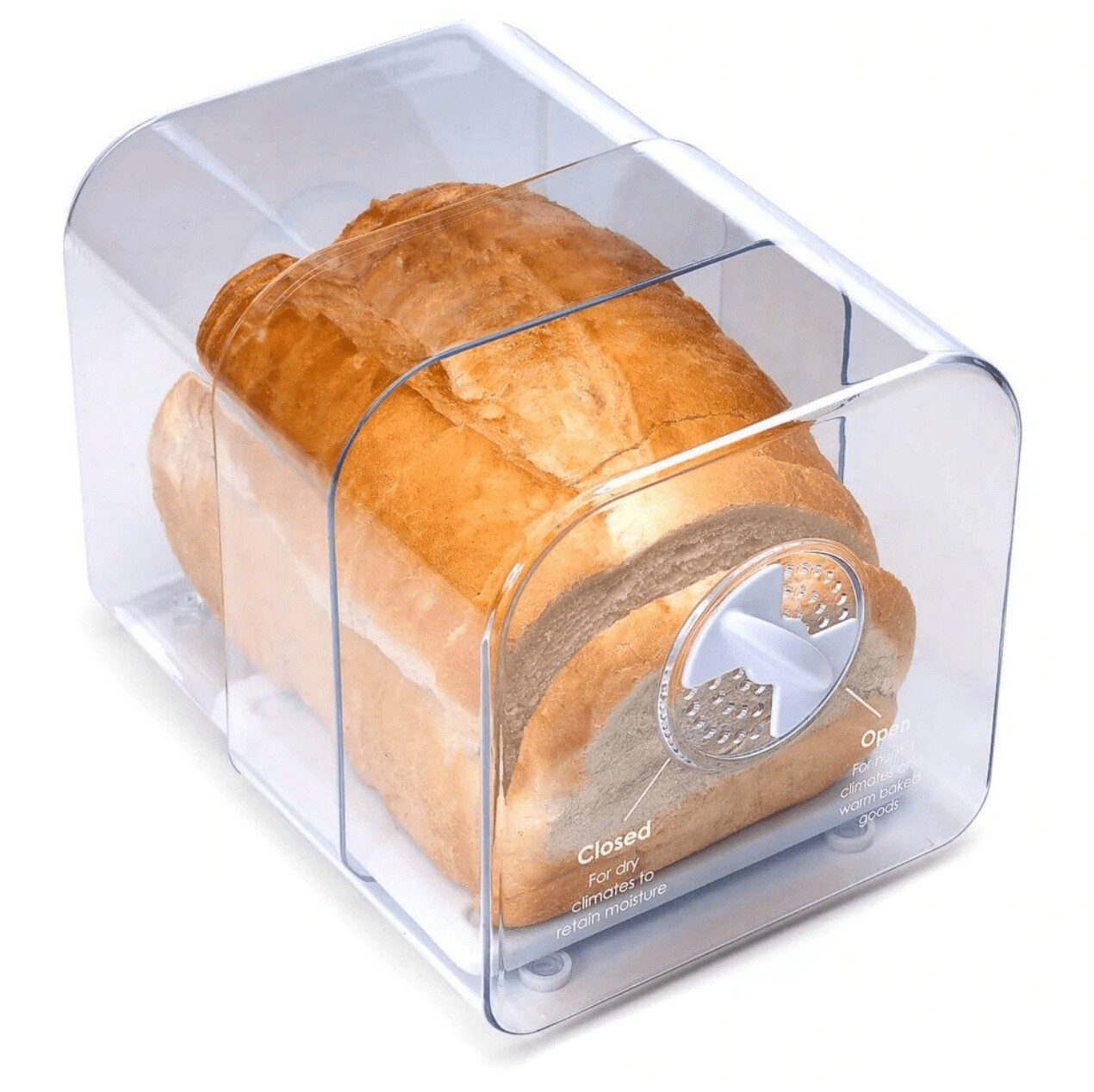
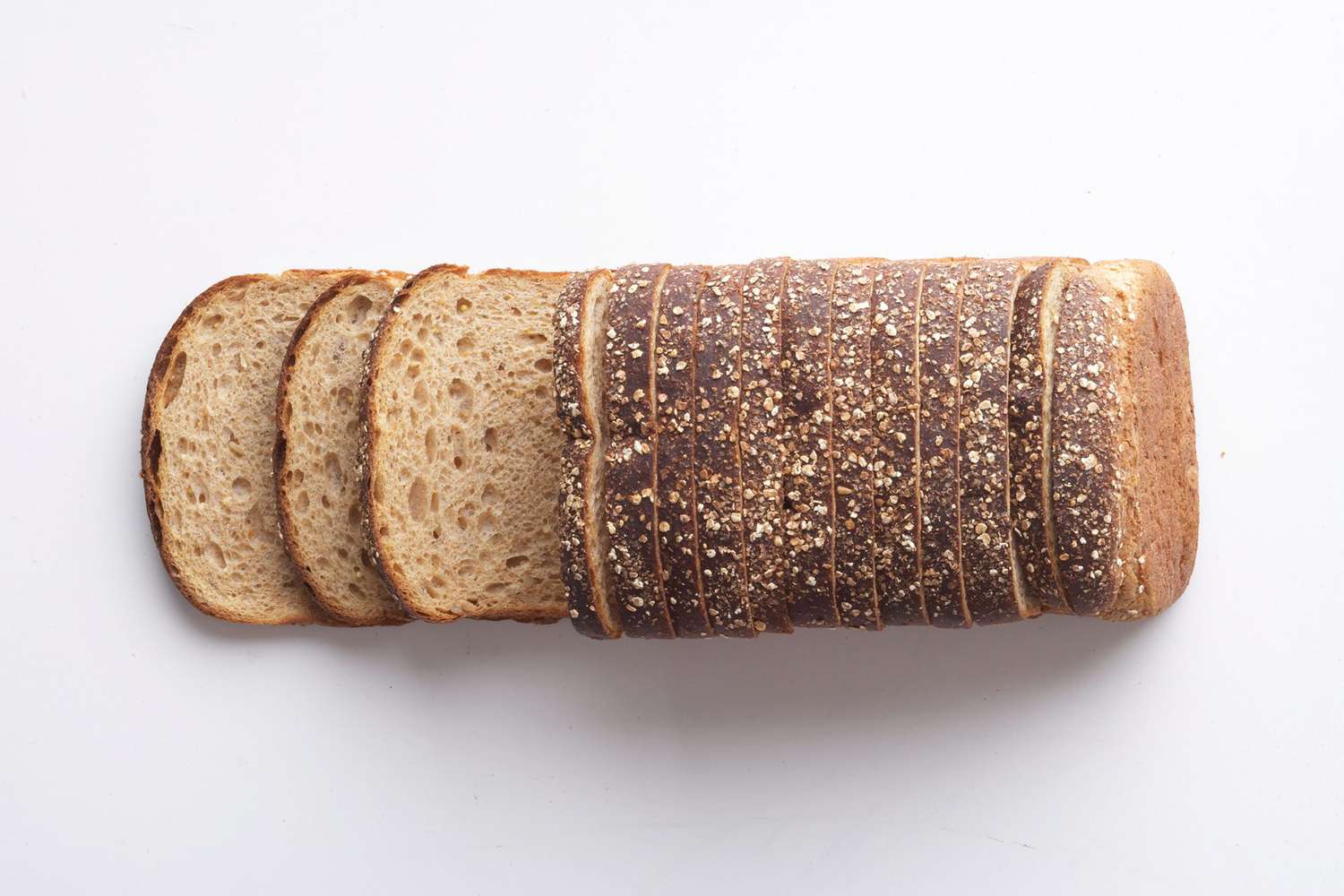
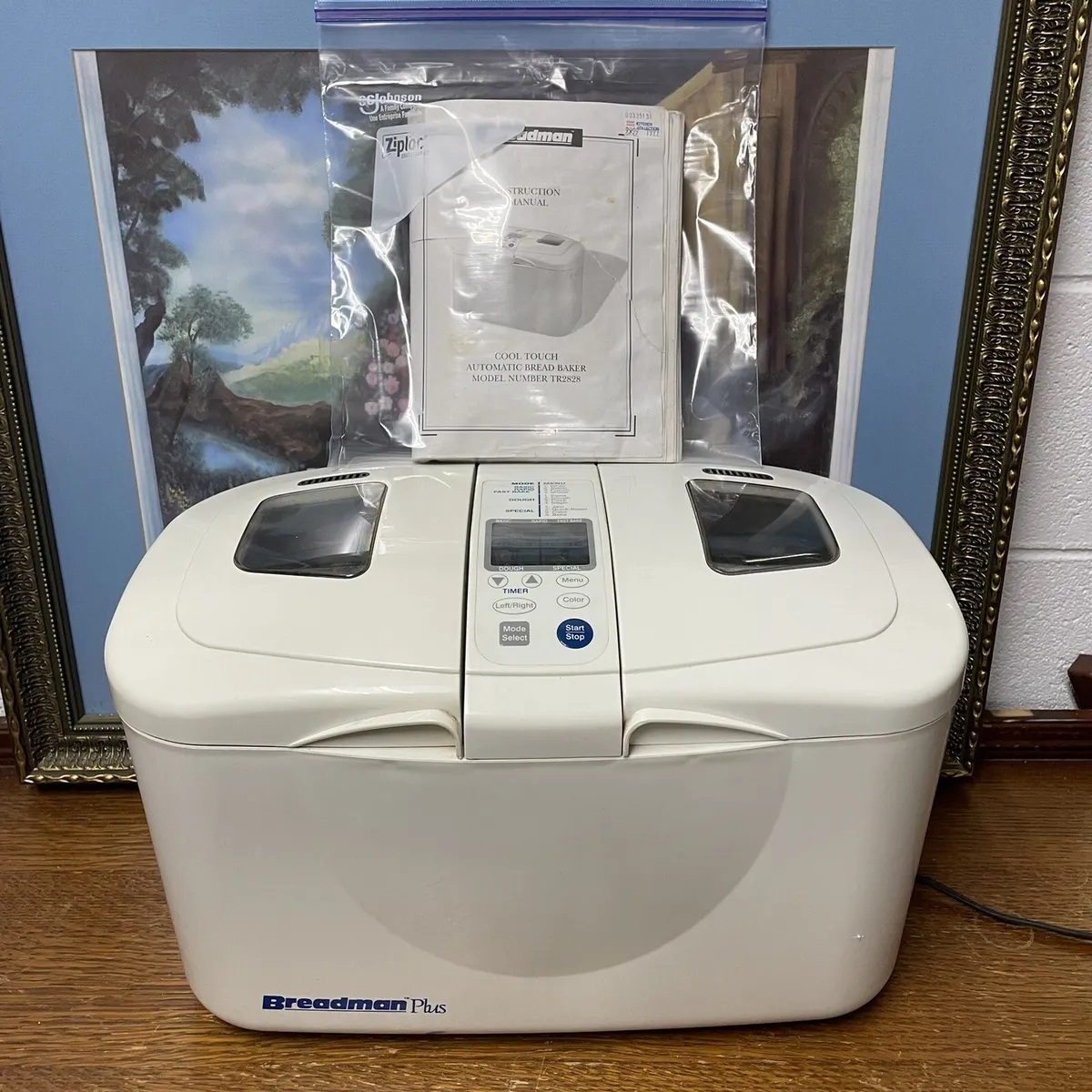
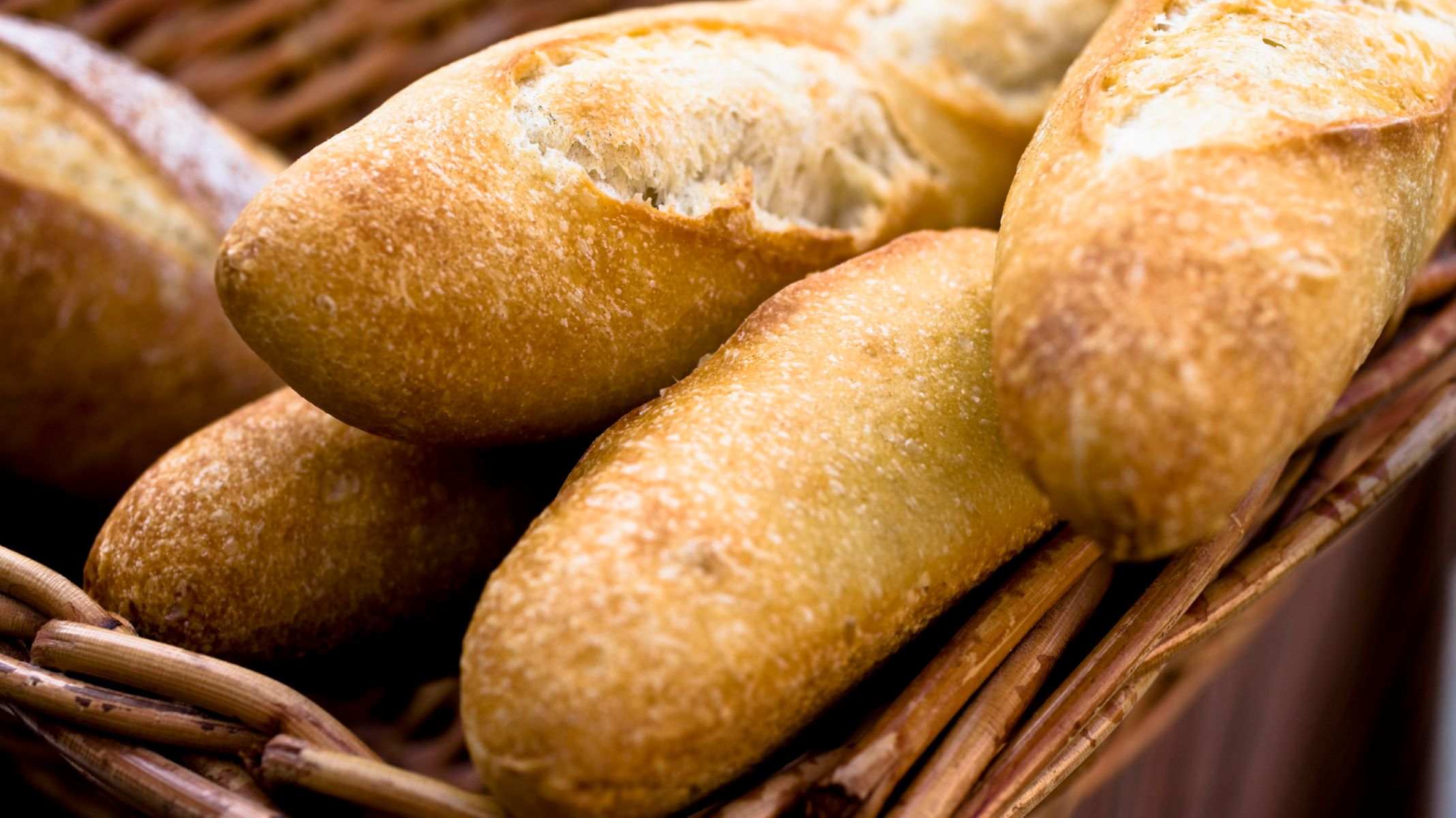
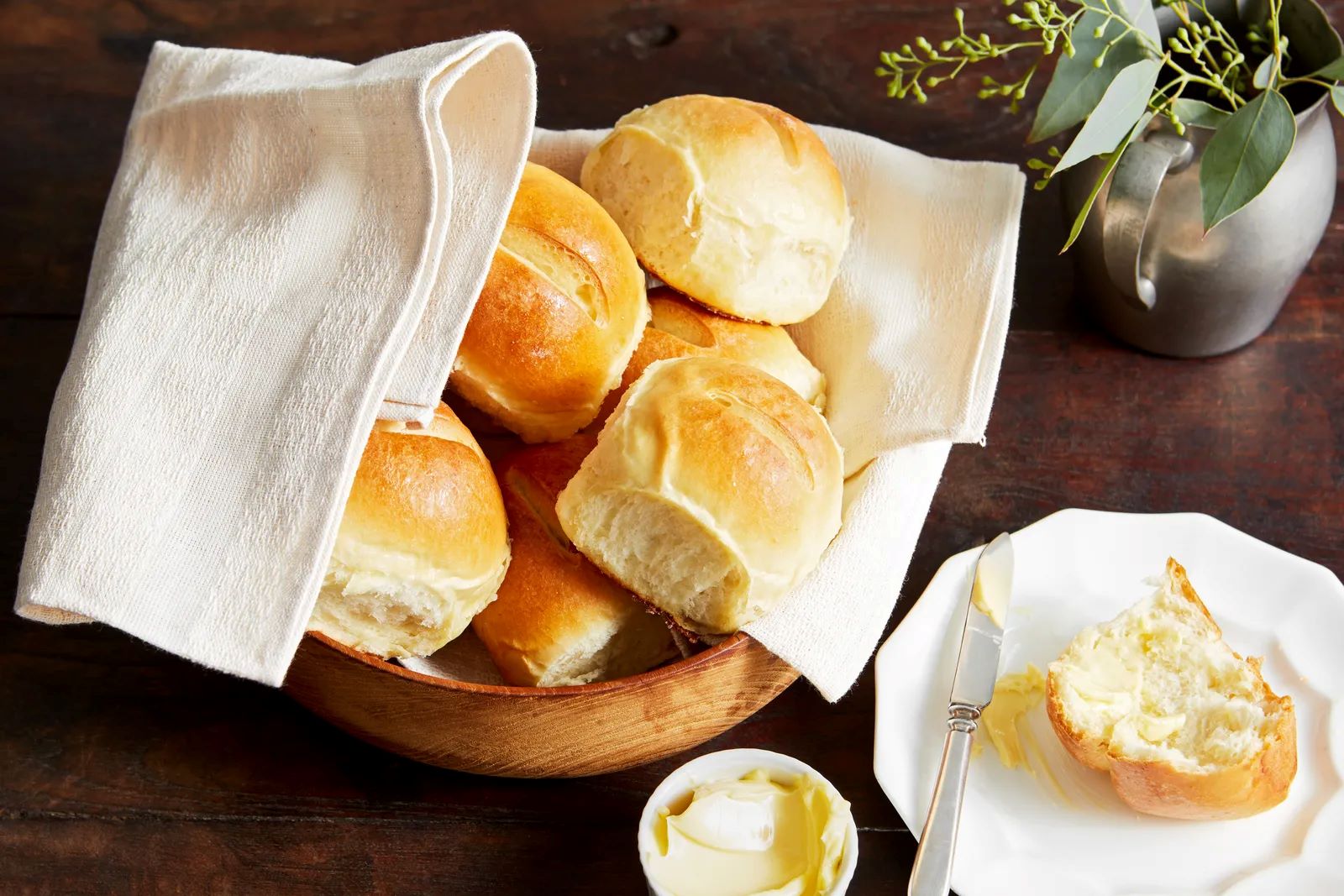
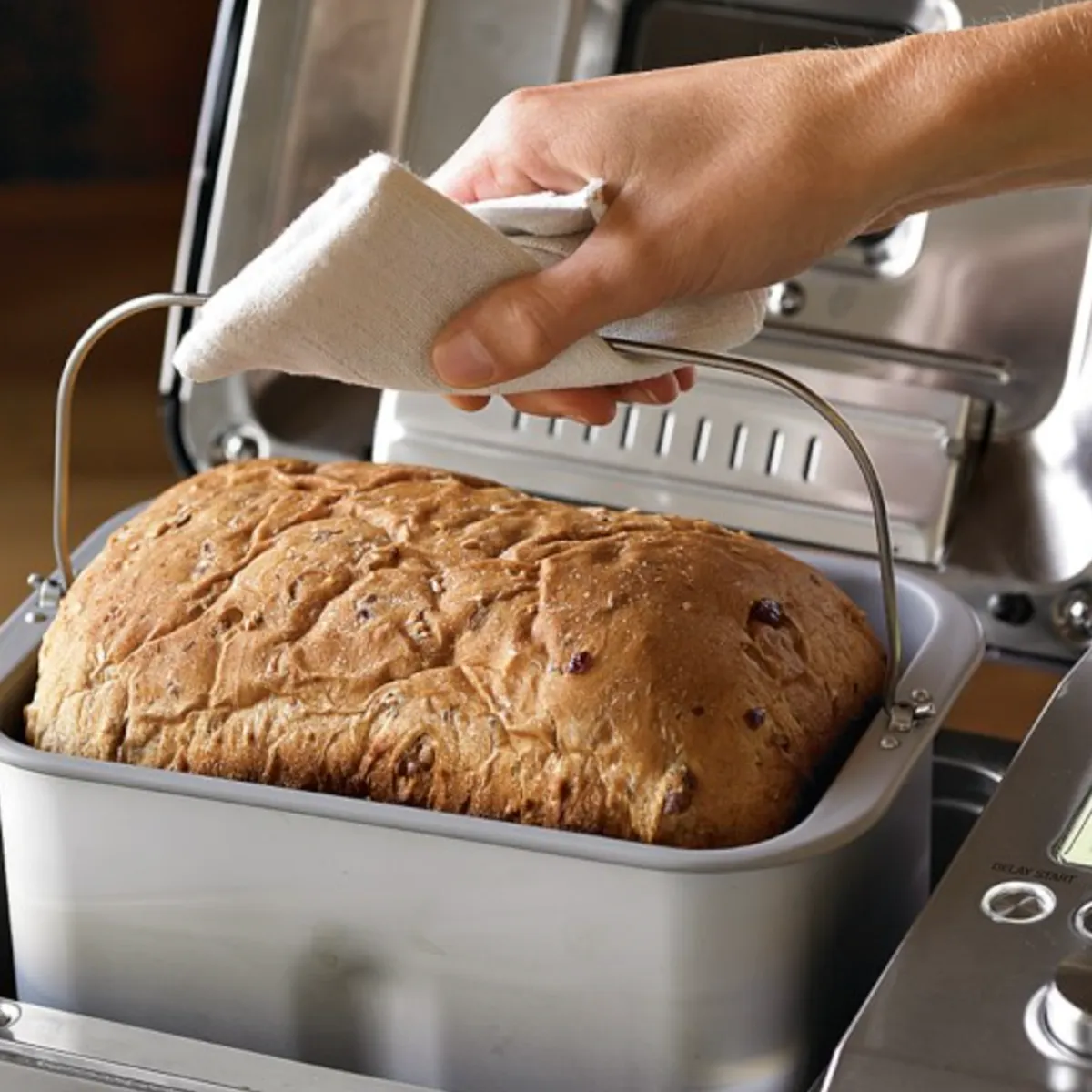
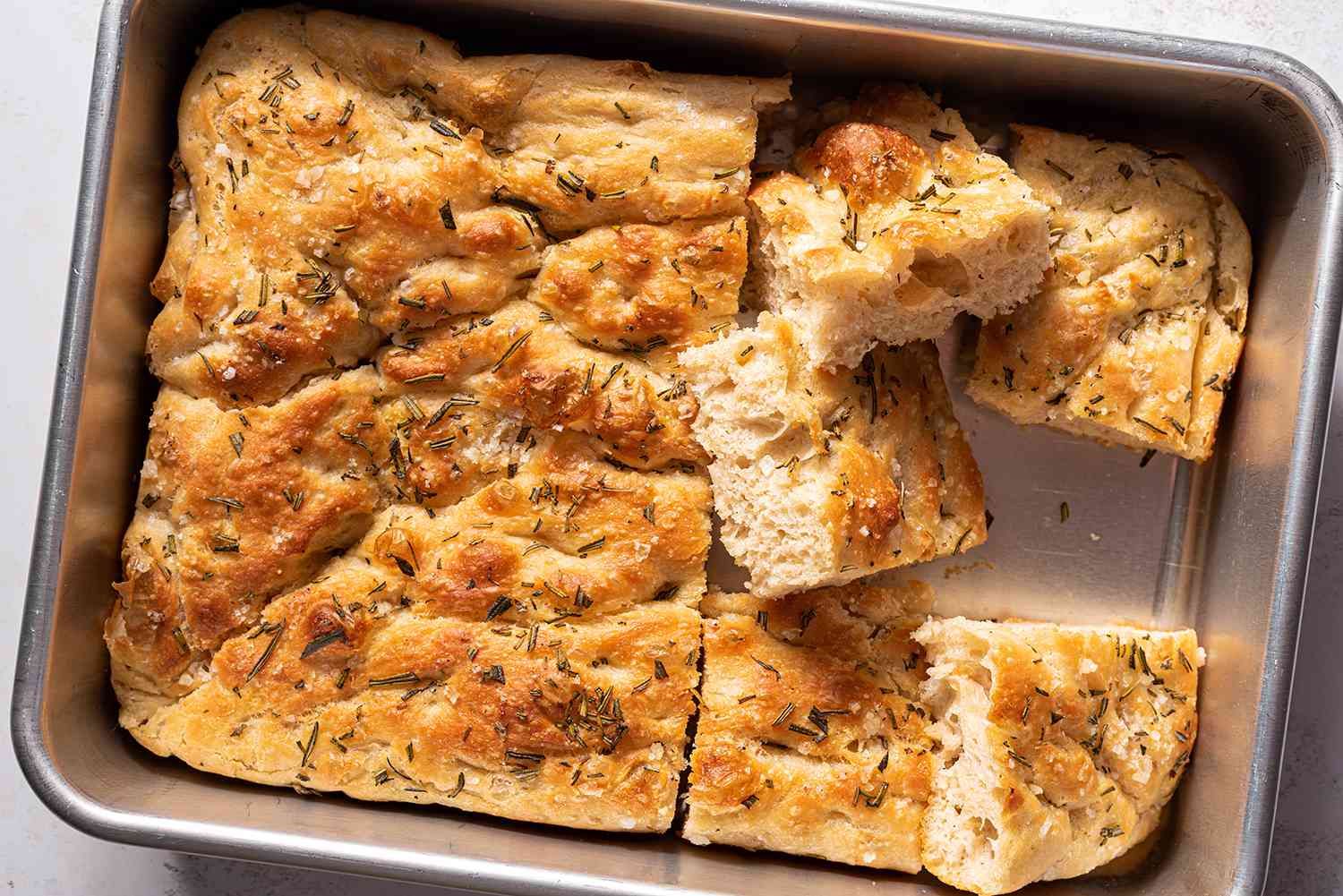
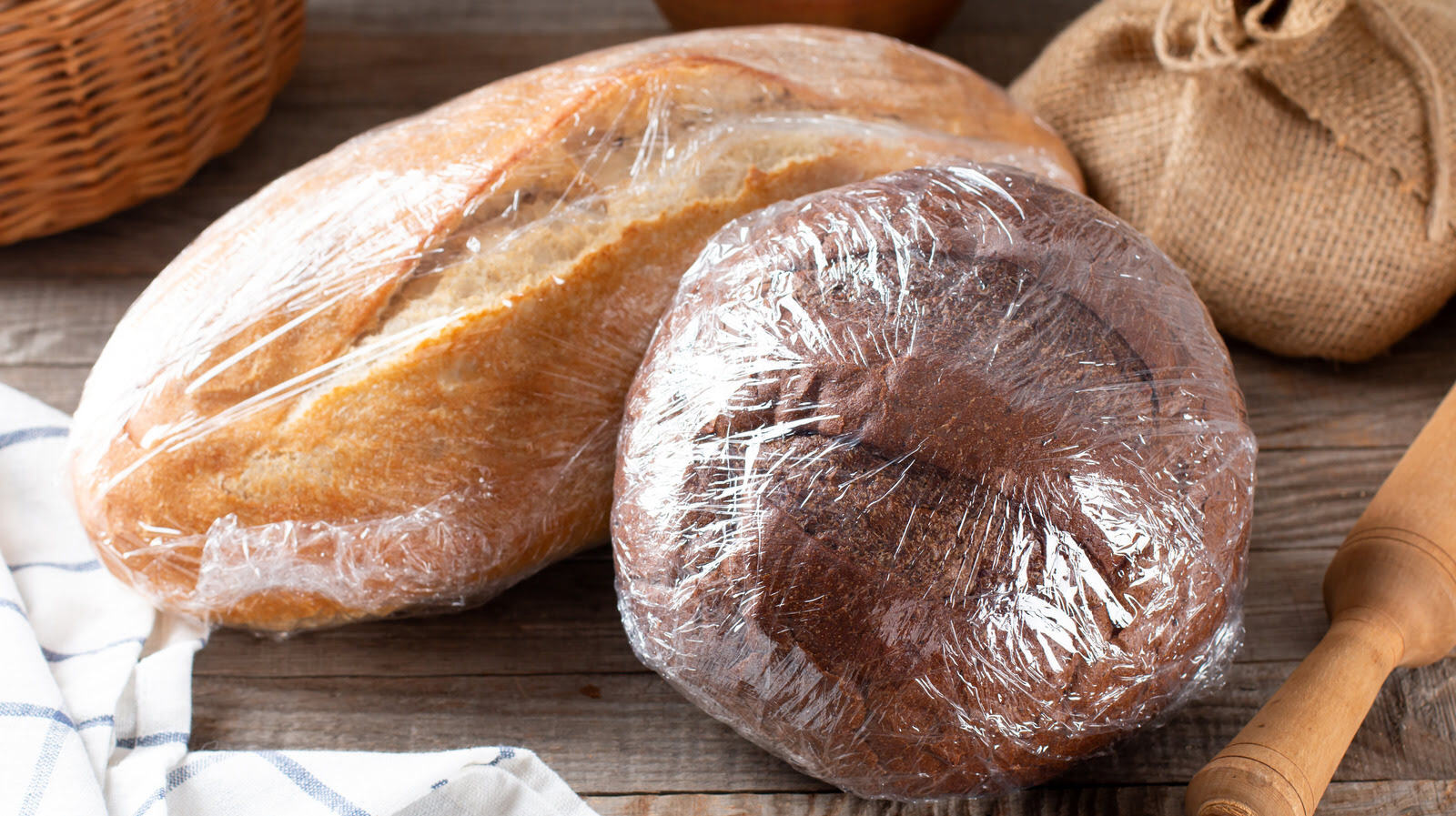
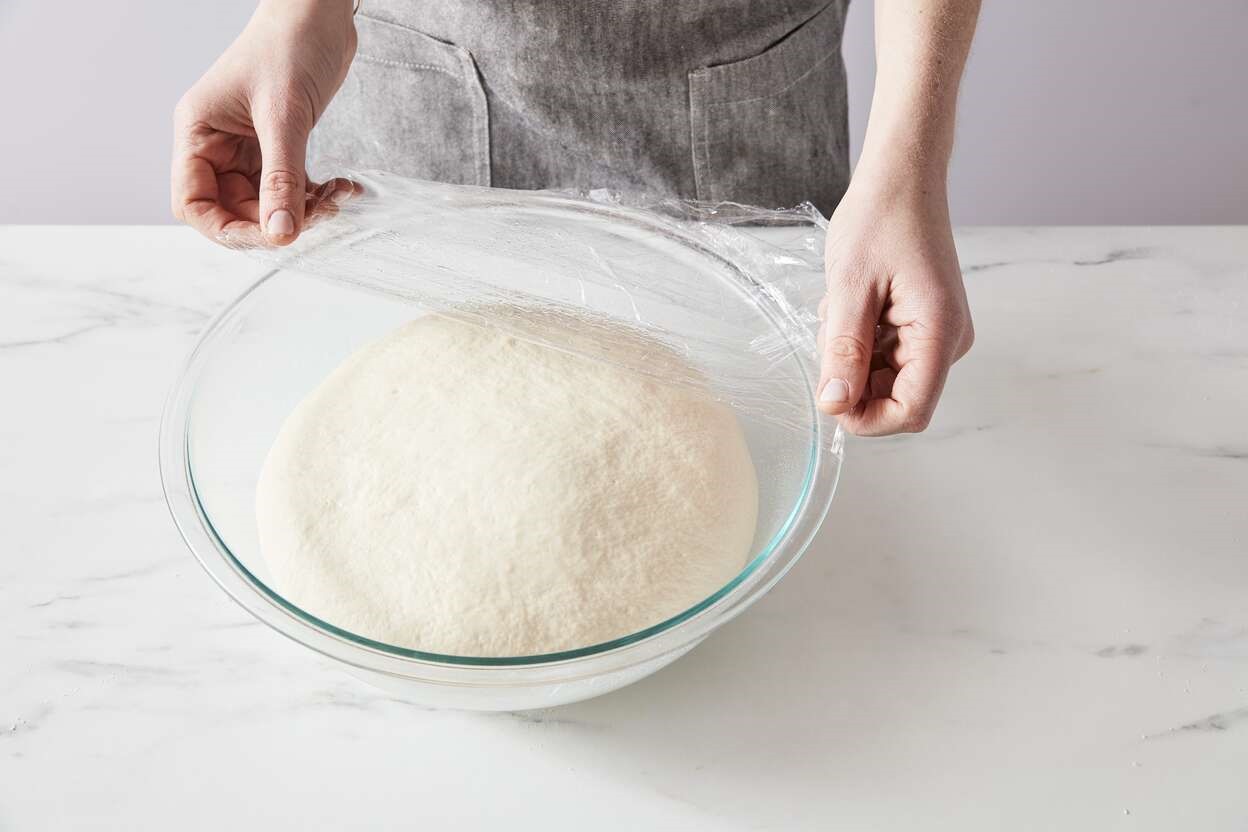
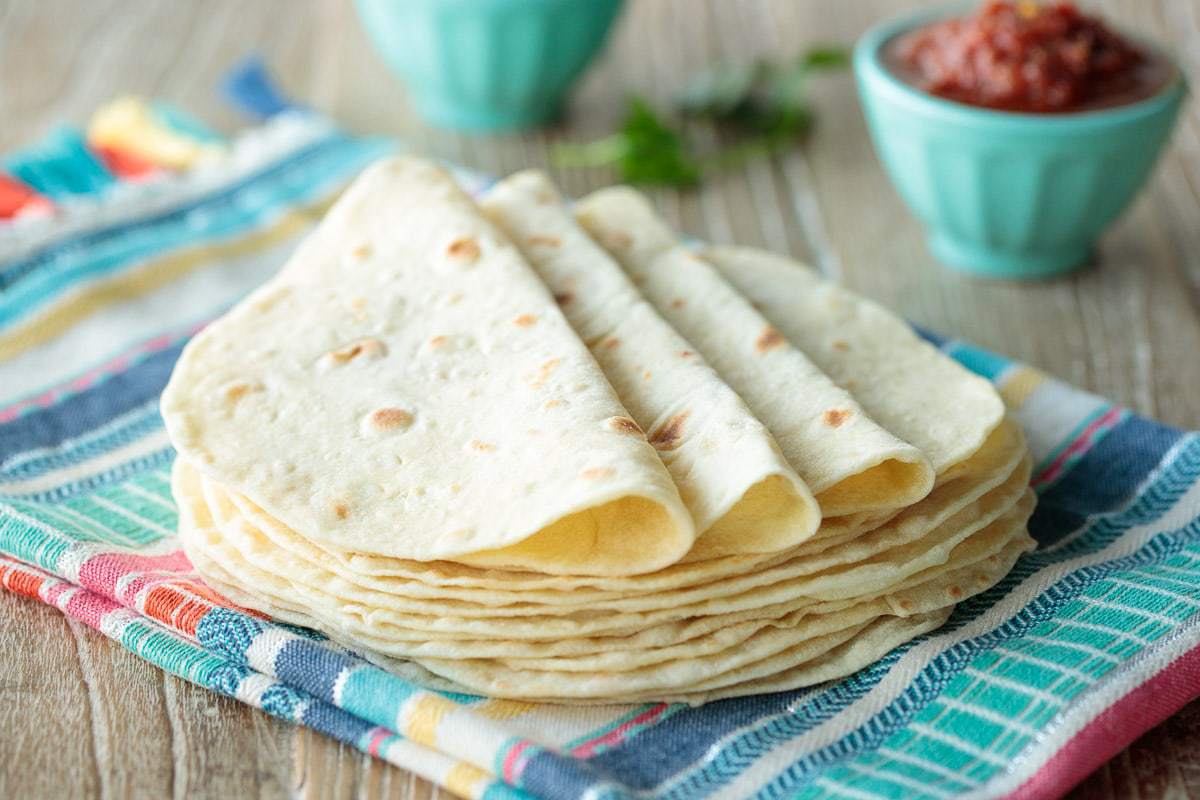
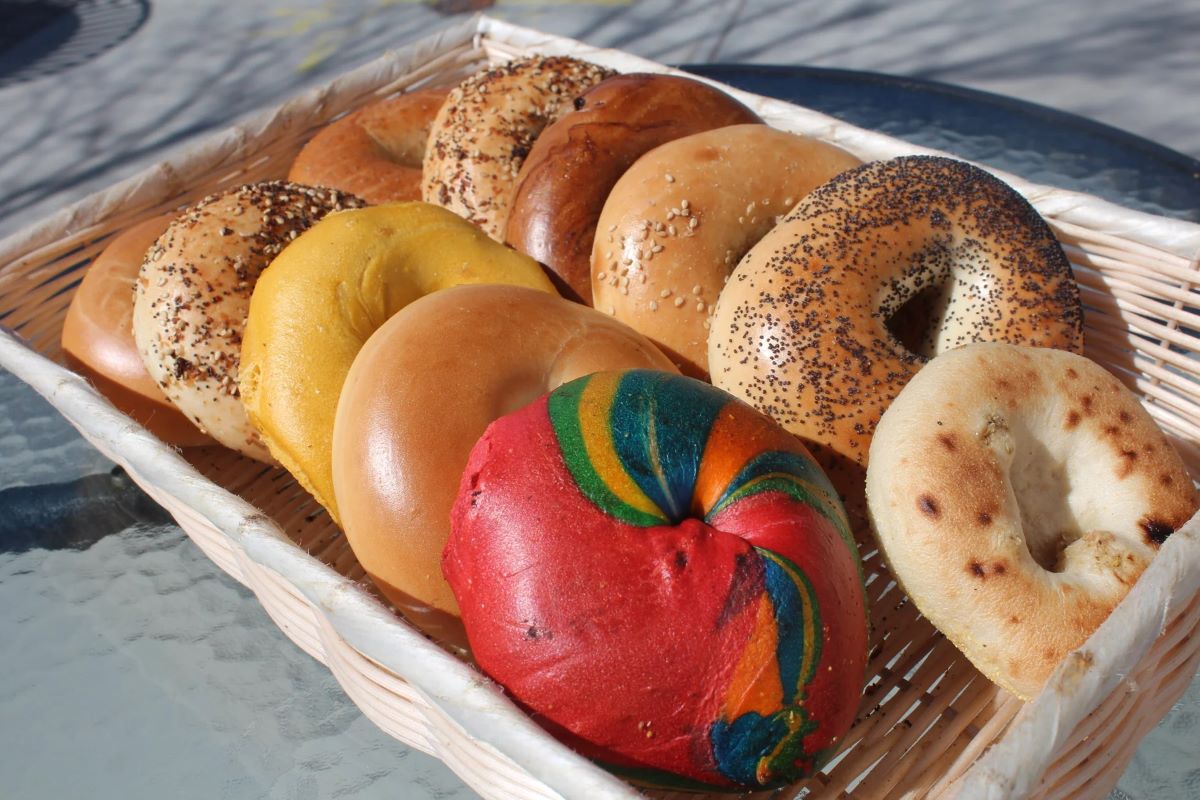

0 thoughts on “How To Store Fresh Bread Loaf”